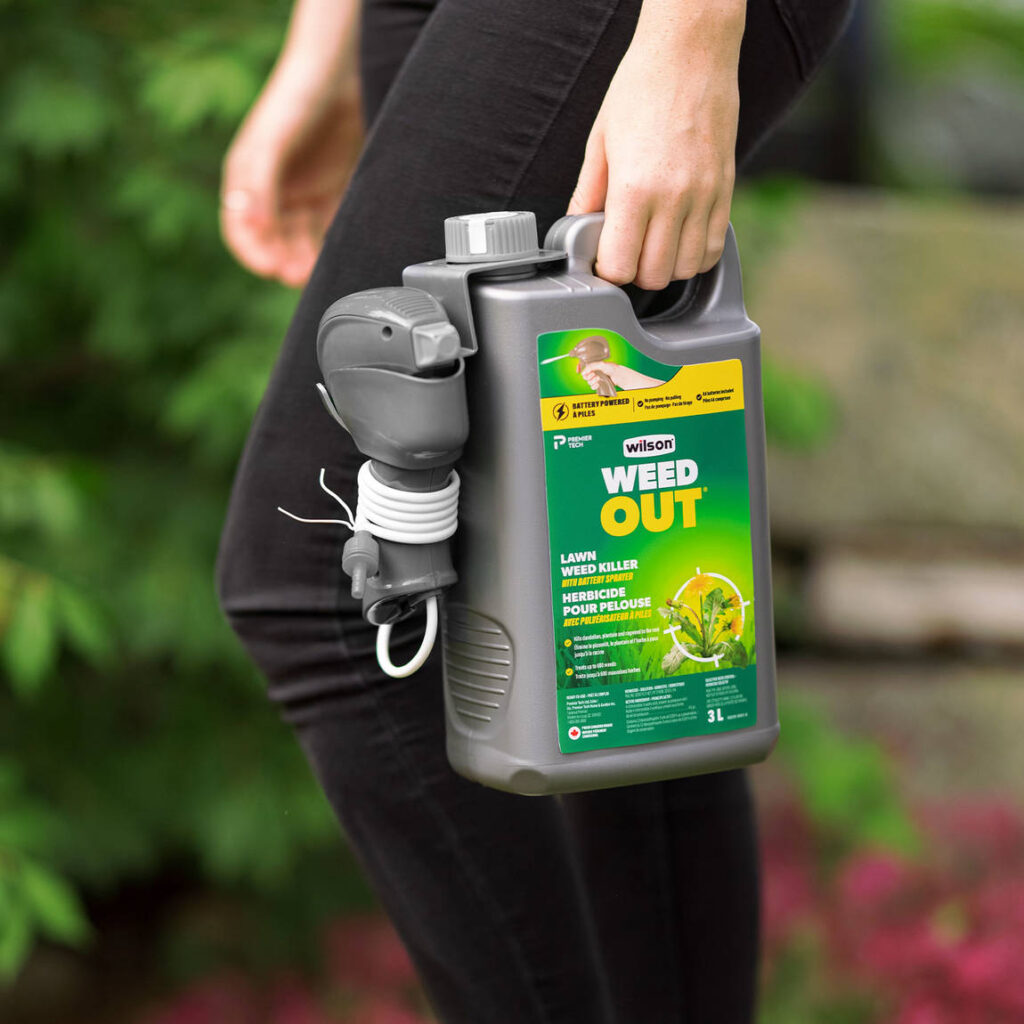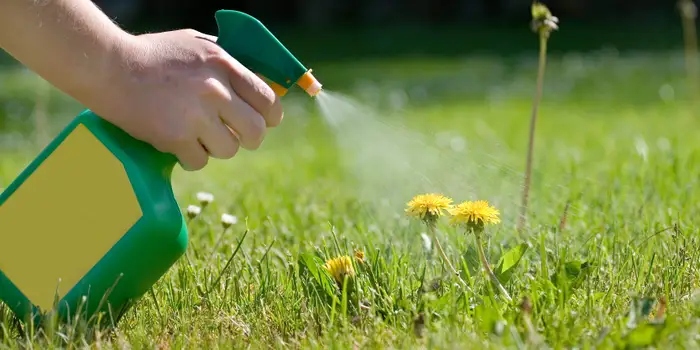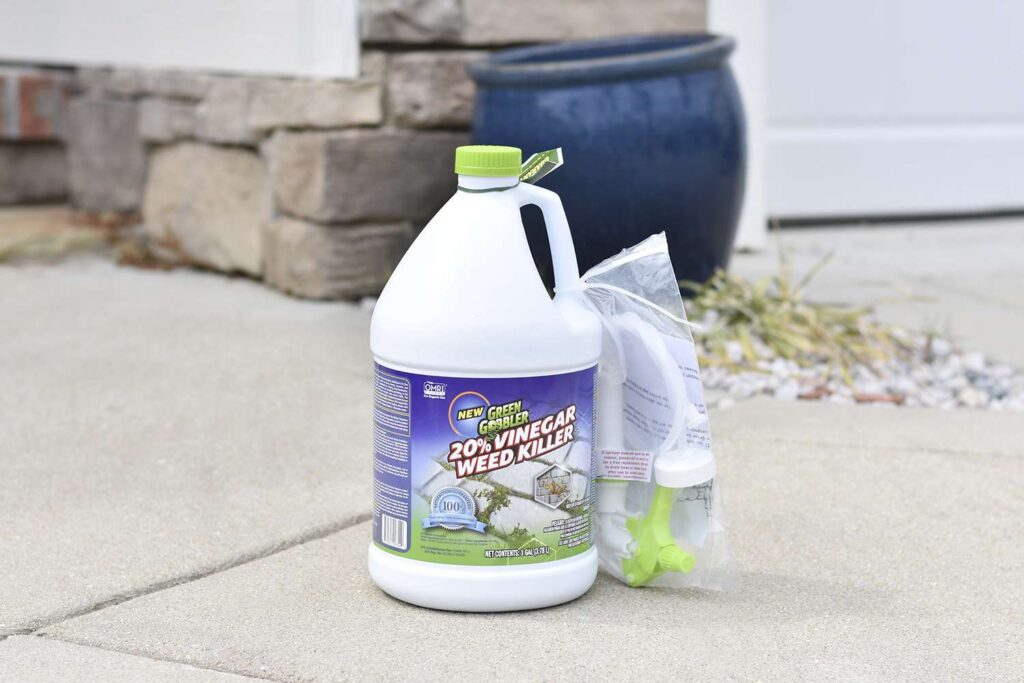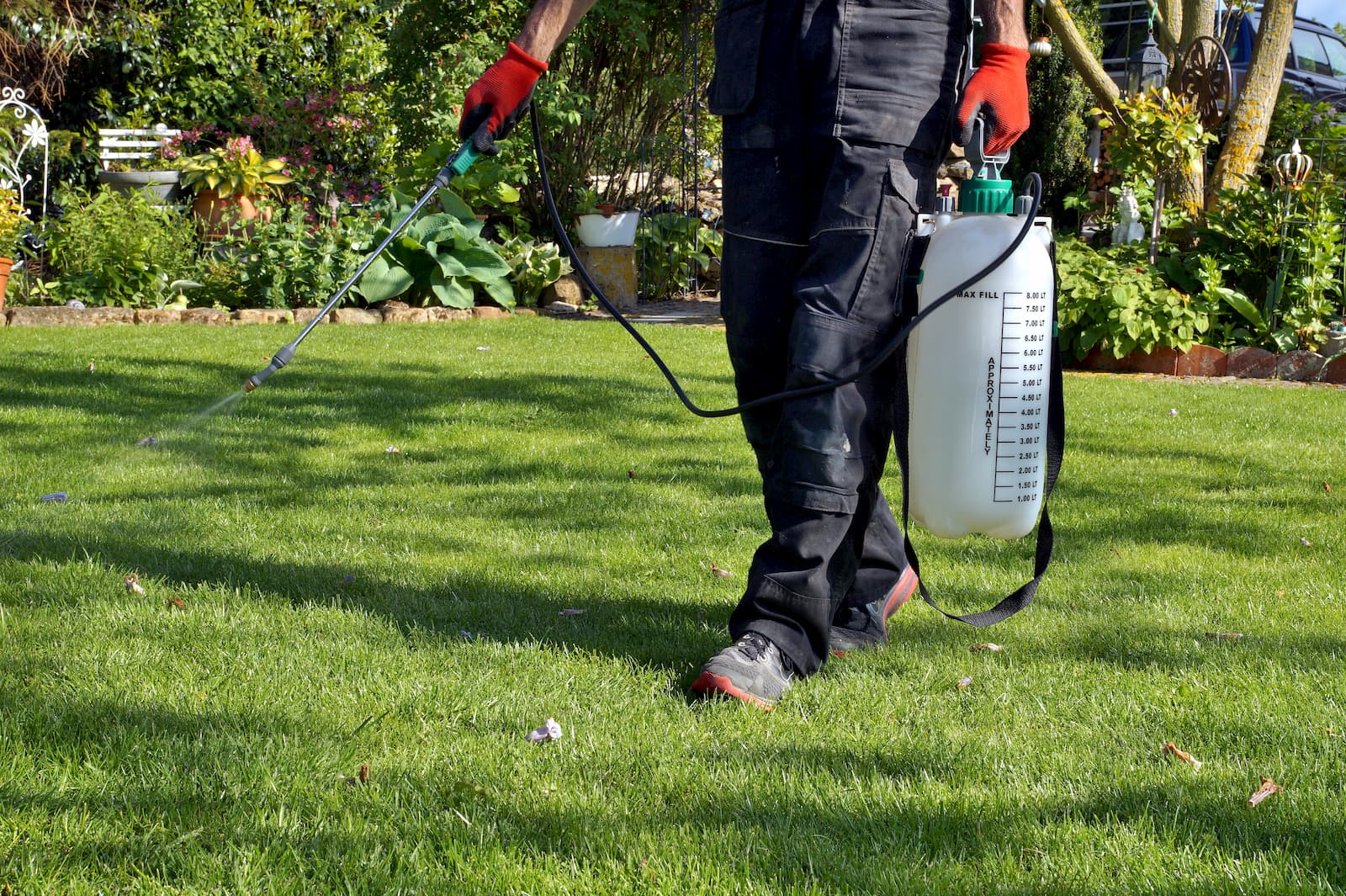Weeds are a common nuisance in gardens, lawns, and agricultural fields, competing with desired plants for resources and hindering their growth. To combat this, many turn to weed killer, also known as herbicide.
Any homeowner will tell you that dealing with weeds is a never-ending headache. Weed killers do the work for you, so you can sit back and enjoy your yard instead of wasting time and energy pulling weeds. With weed killers, you can maintain the best-looking landscape all year round without having invasive weeds, crabgrass, dandelions, or sedges steal the show.
Weeds grow in plots, even the nicest ones. Why wouldn’t they, too? Even the most hated plant is blessed with sunlight and the welcoming soil you’ve provided. There are plenty of chemical solutions available for clearing the decks if you are combating those unwanted visitors.
In this comprehensive guide, we will delve into the world of weed killer, exploring the types available, methods of application, the environmental impact, and considerations for choosing the right product.

Understanding Weed Killers
Types of Weed Killers
- Selective Weed Killer – Selective weed killers are designed to target specific types of plants while leaving others unharmed. Commonly used in lawns and gardens, these herbicides provide a targeted solution for eliminating weeds without harming grass or desired plants. They are ideal for situations where precision is key to maintaining a specific plant composition.
- Non-Selective Weed Killers – Non-selective weed killers, on the other hand, are designed to kill a broad range of plants. This makes them suitable for clearing large areas where complete vegetation removal is necessary. Non-selective herbicides are often used in situations where the goal is to clear an entire area of vegetation, such as preparing a plot for planting.
Systemic vs. Contact Herbicides
- Systemic Herbicides – Systemic herbicides are absorbed by the plant and then translocated to various parts, including the roots. This type of herbicide provides long-lasting control, as it affects the entire plant system. While systemic herbicides may take some time to show results, their impact is often more profound and sustained.
- Contact Herbicides – Contact herbicides, on the other hand, act on the part of the plant they come into direct contact with. They are fast-acting and often show visible results quickly. However, contact herbicides may not provide long-term control, especially if they do not reach the plant’s root system.
Application Methods
Sprays and Liquid Formulations
- Ready-to-Use Sprays – Convenient for small-scale applications, these products come pre-mixed and can be sprayed directly on weeds.
- Concentrated Liquid Formulations – These require dilution before application. They offer flexibility in concentration based on the target weed and the desired strength.
Granular Formulations
- Granules – Suitable for larger areas, granular weed killers are spread over the targeted area. They require watering to activate the herbicide.
Pre-Emergent vs. Post-Emergent Herbicides
- Pre-Emergent Herbicides – Applied before weed seeds germinate, these prevent weed growth. They are effective in controlling annual weeds.
- Post-Emergent Herbicides – Applied to actively growing weeds, these are effective against established weeds. They can be selective or non-selective based on the type.

Environmental Considerations
Impact on Soil Health
- Residual Effects – Some weed killers may have residual effects that persist in the soil, affecting not only weeds but also other plants. Consider this when choosing a product.
- Soil Sterilization – Continuous use of certain herbicides can lead to soil sterilization, negatively impacting beneficial microorganisms and soil health.
Runoff and Water Contamination
- Leaching – Some herbicides can leach into the groundwater, posing a risk of contamination. It is crucial to follow recommended application rates and avoid overuse.
- Surface Runoff – Heavy rainfall or improper application can result in surface runoff, carrying herbicides into nearby water bodies. This can harm aquatic life and ecosystems.
Impact on Non-Target Plants
- Drift – Wind can carry herbicide droplets to unintended areas, causing damage to nearby plants. Careful application and consideration of weather conditions are essential to minimize drift.
- Resistant Plants – Prolonged use of the same herbicide can lead to the development of herbicide-resistant weeds. Rotating herbicides with different modes of action can help prevent this issue.
Choosing the Right Weed Killer
Identifying the Target Weeds
- Broadleaf Weeds – Choose herbicides specifically designed to target broadleaf weeds if they are the primary concern.
- Grassy Weeds – For grassy weeds, select herbicides effective against this type of weed without harming desirable plants.
Consideration for the Application Area
- Lawns – Selective herbicides designed for lawns are essential to eliminate weeds without damaging the grass.
- Gardens – Depending on the type of plants in the garden, choose between selective and non-selective herbicides.
Environmental Impact
- Organic Options – Consider organic or eco-friendly herbicides, which may have a lower environmental impact. These options often break down more quickly and are less likely to harm non-target organisms.
- Integrated Weed Management (IWM) – Combine chemical control with cultural and mechanical methods for a holistic approach to weed management, reducing reliance on herbicides.
Application Tips
Timing
- Early Application – Apply herbicides when weeds are actively growing for optimal effectiveness. Early spring or fall is often recommended.
- Avoid Rain – Applying herbicides before rain can reduce their efficacy, as rain may wash away the product before it has a chance to be absorbed by the plants.
Safety Precautions
- Protective Gear – Wear appropriate protective gear, including gloves and eye protection, when handling and applying herbicides.
- Children and Pets – Keep children and pets away from treated areas until the herbicide has dried or as recommended on the product label.
Follow Product Instructions
- Application Rates – Adhere to recommended application rates specified on the product label to avoid overuse and minimize the risk of environmental impact.
- Storage and Disposal – Follow guidelines for proper storage and disposal of herbicides to prevent accidents and minimize environmental contamination.

Interested in buying some good options, read this detailed guide by ThisOldHouse.
FAQs
What are the different types of weed killers and their uses?
Weed killers can be classified as selective or non-selective, systemic or contact. Selective types target specific plants, while non-selective types affect a wide range. Systemic herbicides are absorbed by plants, while contact herbicides act on direct contact.
How do I choose the right weed killer for my garden?
Identify the target weeds (broadleaf or grassy), consider the application area (lawn or garden), and assess the environmental impact. Choose herbicides with the least environmental impact and consider organic options or Integrated Weed Management (IWM) for a holistic approach.
What are the environmental considerations when using weed killers?
Environmental considerations include the impact on soil health, the risk of runoff and water contamination, and the potential harm to non-target plants. It’s crucial to follow recommended application rates, avoid overuse, and consider organic or eco-friendly options.
What are the potential risks of using weed killers on soil health?
Residual effects and soil sterilization are potential risks associated with some weed killers. Continuous use may negatively impact beneficial microorganisms and overall soil health. It’s essential to be aware of the long-term consequences and choose products accordingly.
How can I apply weed killers safely and effectively?
Apply herbicides when weeds are actively growing, wear protective gear, and keep children and pets away from treated areas. Follow product instructions regarding application rates, storage, and disposal to ensure safety and efficacy.
How do herbicides/weed killers function?
Herbicides known as weed killers typically obstruct the growth of weeds by either damaging their roots or limiting the growth and development of their cells, which ultimately results in their death.
Conclusion
Weed killer is a valuable tool in maintaining the health and aesthetics of gardens, lawns, and agricultural fields. However, their use requires careful consideration of environmental impact, proper application methods, and adherence to safety guidelines.
By understanding the types of weed killers, their modes of action, and the potential consequences of their use, individuals can make informed decisions to effectively manage weeds while minimizing negative effects on the environment and surrounding ecosystems. Always read and follow product labels for specific instructions and guidelines tailored to the chosen weed killer.


One reply on “Weed Killer – Types, Application, and Environmental Considerations”
[…] Wanna know in detail about weed killer, read this. […]